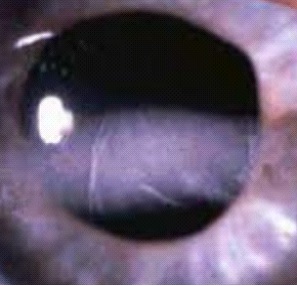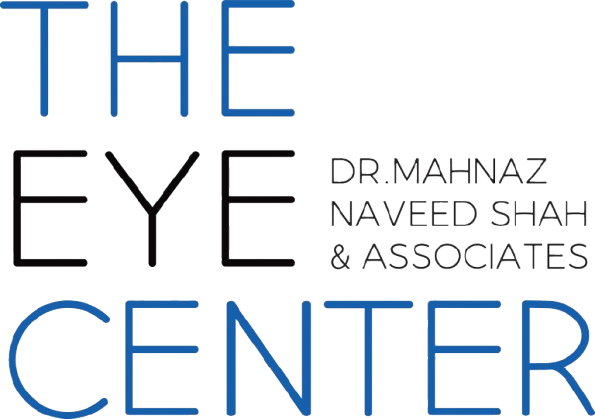A condition known as band keratopathy damages the cornea, the transparent, dome-shaped structure on the front of the eye. Band keratopathy is characterised by a linear band of calcium deposits across the cornea.
The deposition has a dirty, whitish-gray appearance. Calcium deposits can be seen on the cornea between the open and exposed portions between the eyelids when the eye is open.
Band keratopathy is thought to be brought on by diseases that elevate the body’s calcium levels.
Kidney disease, excessive vitamin D intake, increased thyroid hormone levels, lupus, sarcoidosis, and Paget’s diseas (a disorder where your bones deteriorate too quickly) are all causes of abnormal chronic calcium levels. Since tears include a little quantity of calcium, they are responsible for forming the calcium band on the cornea of the eye.
When tears contain significantly more calcium than is typical, calcium from the tears is deposited on the cornea. This abnormal tear composition increases the tears’ acidity to rise, speeding up the process and leading to band keratopathy.
The medical conditions mentioned above that increase calcium levels in the body may also result in calcium deposits on the cornea.
On the other hand, ocular diseases that result in continuous inflammation might cause calcium to accumulate in the tears.
Band keratopathy has also been seen in patients with conditions that lead to corneal edoema or corneal cell decompensation.
Band keratopathy can develop into chronic iritis (uveitis), corneal dystrophies, juvenile arthritis, long-term or end-stage glaucoma, and phthisis bulbi from certain eye disorders that induce chronic inflammation (a non-functioning, shrunken eye from severe disease or trauma)
Calcium deposits can occasionally break off and cause pain and scratches on the surface of the eye since they can be rather thick.
Blurred or reduced vision, irritation, redness, and a sandy or gritty sensation in the eye are some other warning signs and symptoms.
The removal of calcium from the cornea is accomplished chemically through chelation. Following chelation, an excimer laser, like the one used in LASIK, is frequently used to eliminate any calcium that may still be present and to smooth the corneal surface by eliminating any abnormalities.
Following the treatment, the eye is covered for a few weeks with either an amniotic membrane or a bandage. Band keratopathy will most likely return until the underlying cause is identified.
At The Eye Center- Dr. Mahnaz Naveed Shah & Associates our team of eight ophthalmology subspecialists/ eye specialists, eye surgeons who are considered amongst the very best eye specialists in Karachi and in Pakistan, have the diagnostic and treatment capabilities to treat from the simplest to the most complex patients. We work hard to provide our patients with the best possible medical and surgical eye care, in a state of the art purpose built eye care facility. We offer the entire array of medical, laser and surgical treatments to help provide patients the best possible care in the most efficient, safe and ethical manner.
If you need an appointment, please contact us at 03041119544 during our working hours or leave us a WhatsApp message at +923028291799 and someone will connect with you. Walk-in appointments are also available for emergencies. We can also be reached through our web portal on www.surgicaleyecenter.org

